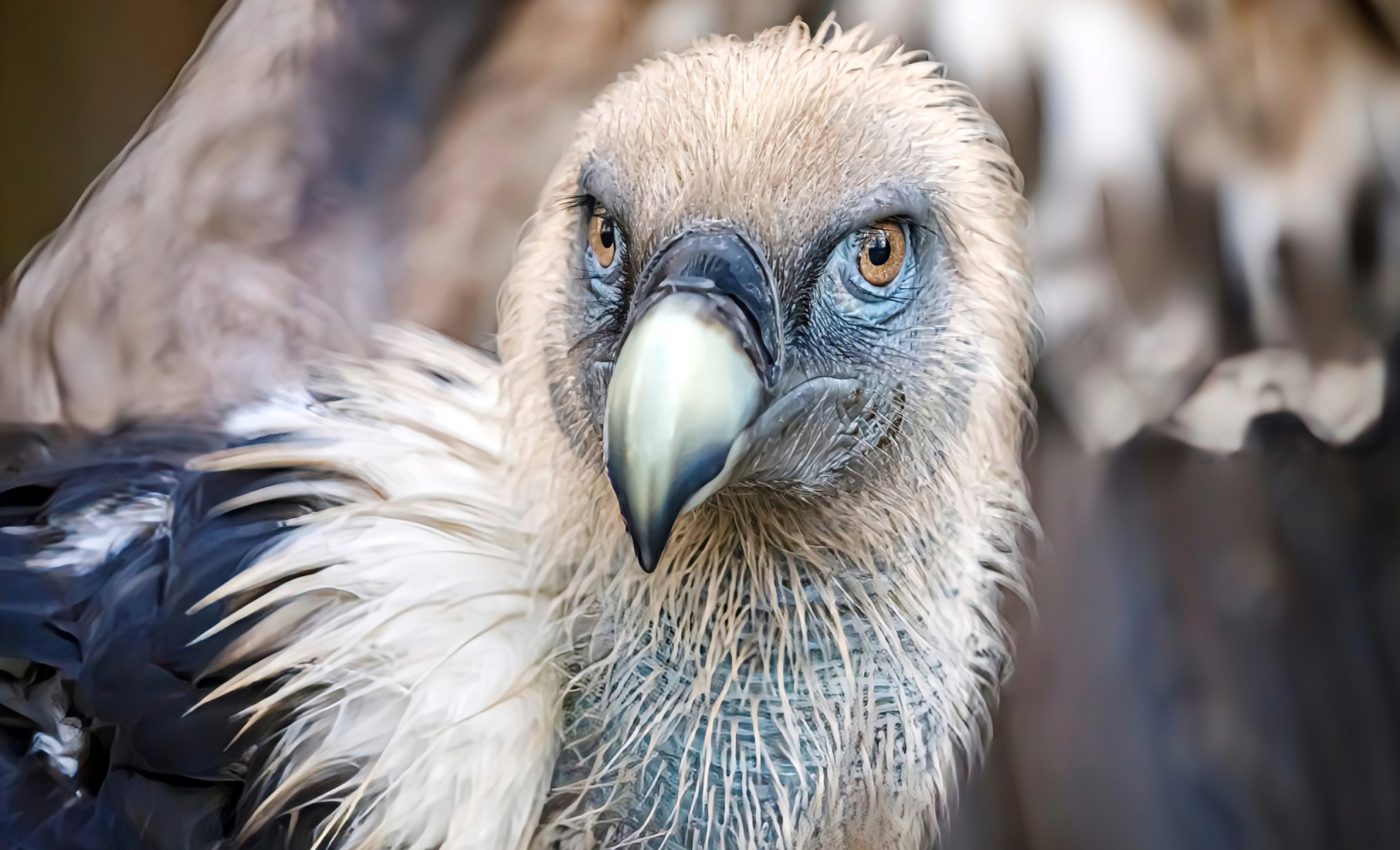
Older griffon vultures have fewer friends with stronger bonds
Vultures, much like humans, tend to prefer the comfort and security of familiarity as they age, seeking out predictable routines and long-standing relationships that provide a sense of stability.
This shift towards regularity and consistent social circles reflects a natural inclination to rely on known resources and trusted companions, minimizing risks and conserving energy.
New research published in Proceedings of the National Academy of Sciences sheds light on this phenomenon among Griffon vultures.
The study reveals that young Griffon vultures are far more nomadic and socially adventurous, frequently moving between different sleeping sites and engaging with numerous companions.
This exploratory behavior allows younger vultures to gather critical information about food sources and potential threats, aiding their survival in the unpredictable landscapes they inhabit.
Young vultures: The Nomadic phase
“What we found was as they age, their loyalty to certain roost sites increases,” said Noa Pinter-Wollman, a professor of ecology and evolutionary biology at UCLA and co-author of the study.
“Young vultures check out many different roosts but in middle age, they start going repeatedly to the same places.”
Younger vultures tend to avoid the most popular roosts, possibly feeling intimidated by older birds or avoiding potential conflict, reminiscent of an avian version of “Hey you kids, get off my lawn.”
Middle age: Stronger bonds
The study highlights that, similar to humans, older Griffon vultures form fewer but stronger social bonds, prioritizing quality over quantity in their relationships.
As they age, Griffon vultures also establish specific movement routines, preferring to return to the same familiar roosts and consistently associating with the same social circles.
The predictable patterns reflect their desire for stability and the benefits that come with established territories and social structures. This behavior is closely linked to their accumulated knowledge about food resources and environmental conditions.
Life patterns of griffon vultures
Griffon vultures, scientifically known as Gyps fulvus, inhabit the Mediterranean, the Middle East, and India. With impressive wingspans reaching up to 9 feet, they are much larger than North American turkey vultures and even bigger than bald eagles.
Their diet primarily consists of animal carcasses, which are unpredictable and often fleeting.
Roosting sites become vital “information hubs” where vultures can signal to others about food availability, forming friendships that enhance their survival chances.
Tracking griffon vultures over time
The researchers aimed to understand how Griffon vultures’ movement patterns and social behaviors evolve throughout their lives.
By analyzing GPS data from 142 individually tagged birds in Israel over a 15-year period, they cross-referenced the vultures’ ages with their movement and social interactions at roost sites.
The study revealed that young vultures are highly exploratory, rarely staying in the same place for two consecutive nights.
From exploration to familiarity
“When they are old, from the age of 10 onward, they no longer have the energy to be ‘out and about’ and return consistently to the same site,” said corresponding author Orr Spiegel from Tel Aviv University.
As vultures aged, their social interactions also shifted, with the strength of their bonds with non-close friends declining.
Older vultures increasingly preferred the company of a few close friends and exhibited more predictable movement patterns.
Understanding behavioral shifts
This long-term study, tracking the same vultures over nearly 12 consecutive years, provides insights into behavioral changes in aging birds.
The findings support similar observations in other species, where aging animals exhibit greater fidelity to familiar sites and routines and become more selective in their social relationships.
These behavioral shifts offer valuable insights into how animal populations navigate their environments and interact with their peers, aiding in developing better conservation strategies.
Conservation and future research
“It looks like they just get set in their ways,” noted Pinter-Wollman. “They’ve gathered information over the years, and they might as well use it. Carcasses are hard to come by, and roosts are information hubs.”
For Griffon vultures, this might involve protecting essential roosting sites and using knowledge of their social dynamics to mitigate threats like poisoning.
The study is published in the journal Proceedings of the National Academy of Sciences.
—–
Like what you read? Subscribe to our newsletter for engaging articles, exclusive content, and the latest updates.
Check us out on EarthSnap, a free app brought to you by Eric Ralls and Earth.com.
—–













